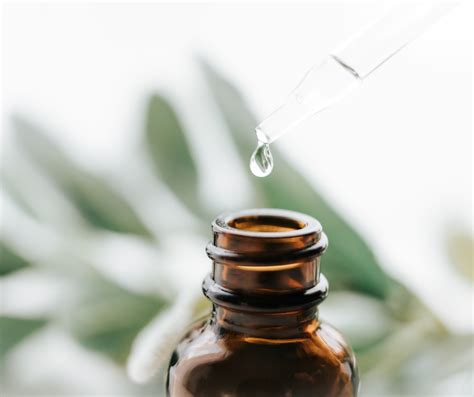Carrier Oils for Essential Oils: The Ultimate Guide to Safe and Effective Usage

Carrier oils, also known as base oils, are vegetable oils used to dilute essential oils before applying them to the skin. Essential oils are concentrated plant extracts with potent therapeutic properties, but they can be too strong for direct application to the skin, causing irritation or allergic reactions.
Why Use Carrier Oils?
Carrier oils play a crucial role in essential oil usage for several reasons:
- Dilution: They dilute essential oils, making them safe for topical application.
- Absorption: They facilitate the absorption of essential oils through the skin.
- Modulation: They temper the effects of essential oils, reducing potential adverse reactions.
- Emulsification: They help essential oils blend with water-based products.
The choice of carrier oil depends on factors such as skin type, desired application, and the specific essential oil used. Here is a guide to some common carrier oils:
1. Coconut Oil:
* High in lauric acid, known for its antimicrobial properties
* Suitable for most skin types
* Absorbs slowly, providing a sustained effect
2. Jojoba Oil:
* Structurally similar to the skin’s sebum
* Non-comedogenic, ideal for acne-prone skin
* Absorbs quickly, leaving no greasy residue
3. Grapeseed Oil:
* High in antioxidants and vitamin E
* Light and non-greasy, suitable for oily skin
* Has a neutral scent, not overpowering
4. Almond Oil:
* Rich in vitamin E and fatty acids
* Nourishing and moisturizing for dry skin
* Absorbs quickly, leaving a silky finish
- Topical: Mix a few drops of essential oil to a carrier oil and apply to the skin using gentle circular motions.
- Diffusion: Add a few drops of essential oil and carrier oil to a diffuser for aroma dispersion.
- Bath: Add a few drops of essential oil and carrier oil to a warm bath for relaxation or detoxification.
- Always dilute essential oils in a carrier oil before applying them to the skin.
- Do a patch test on a small area of skin to check for any allergic reactions.
- Avoid applying carrier oils to open wounds or broken skin.
- Keep essential oils and carrier oils away from children and pets.
- Store essential oils and carrier oils in a cool, dark place to preserve their potency.
Carrier oils offer endless possibilities for creating customized skincare and therapeutic blends. Consider these innovative applications:
- Essential Oil Rollers: Pre-dilute essential oils in a carrier oil and store in a roll-on bottle for quick and convenient application.
- Body Scrubs: Combine carrier oil, salt, and a few drops of essential oil for an invigorating and exfoliating body scrub.
- Facial Serums: Mix a few drops of essential oil with a carrier oil tailored to your skin type for a nourishing and rejuvenating facial serum.
- Massage Oils: Enhance the therapeutic benefits of a massage by adding a few drops of essential oils to a carrier oil.
| Carrier Oil | Key Benefits |
|---|---|
| Coconut Oil | Antimicrobial, moisturizing, anti-inflammatory |
| Jojoba Oil | Non-comedogenic, moisturizing, antioxidant |
| Grapeseed Oil | Antioxidant, non-greasy, anti-aging |
| Almond Oil | Nourishing, moisturizing, emollient |
| Application Method | Dilution Percentage |
|---|---|
| Topical | 2-5% |
| Diffusion | 5-10% |
| Bath | 10-15% |
- Consider Skin Type: Choose a carrier oil that complements your skin’s needs.
- Experiment with Blends: Create custom blends by combining different carrier oils and essential oils for optimal benefits.
- Use Quality Products: Invest in high-quality carrier oils and essential oils from reputable sources.
- Store Properly: Preserve the potency of carrier oils and essential oils by storing them in a cool, dark place.
| Pros | Cons |
|---|---|
| Dilute essential oils for safe application | Can be heavy and greasy |
| Facilitate absorption and modulation of essential oils | May cause skin sensitivity in some individuals |
| Versatile for various applications | Can stain clothing or fabrics |
Carrier oils are essential for safe and effective usage of essential oils. By choosing the right carrier oil, following application techniques, and experimenting with innovative applications, you can unlock the transformative power of essential oils while maximizing their benefits and minimizing potential risks.
